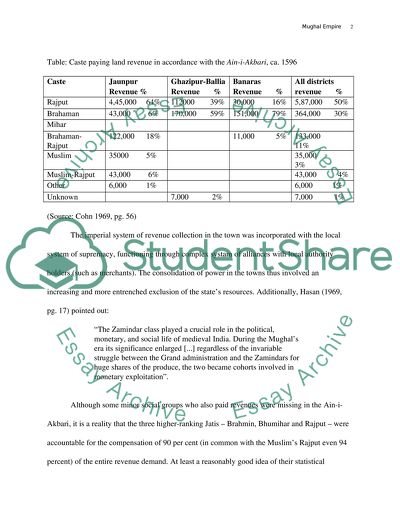Cite this document
(“Social Structure of Mughal Empire Essay Example | Topics and Well Written Essays - 1250 words - 1”, n.d.)
Social Structure of Mughal Empire Essay Example | Topics and Well Written Essays - 1250 words - 1. Retrieved from https://studentshare.org/sociology/1545411-analyse-social-structure-of-mughal-india
Social Structure of Mughal Empire Essay Example | Topics and Well Written Essays - 1250 words - 1. Retrieved from https://studentshare.org/sociology/1545411-analyse-social-structure-of-mughal-india
(Social Structure of Mughal Empire Essay Example | Topics and Well Written Essays - 1250 Words - 1)
Social Structure of Mughal Empire Essay Example | Topics and Well Written Essays - 1250 Words - 1. https://studentshare.org/sociology/1545411-analyse-social-structure-of-mughal-india.
Social Structure of Mughal Empire Essay Example | Topics and Well Written Essays - 1250 Words - 1. https://studentshare.org/sociology/1545411-analyse-social-structure-of-mughal-india.
“Social Structure of Mughal Empire Essay Example | Topics and Well Written Essays - 1250 Words - 1”, n.d. https://studentshare.org/sociology/1545411-analyse-social-structure-of-mughal-india.


